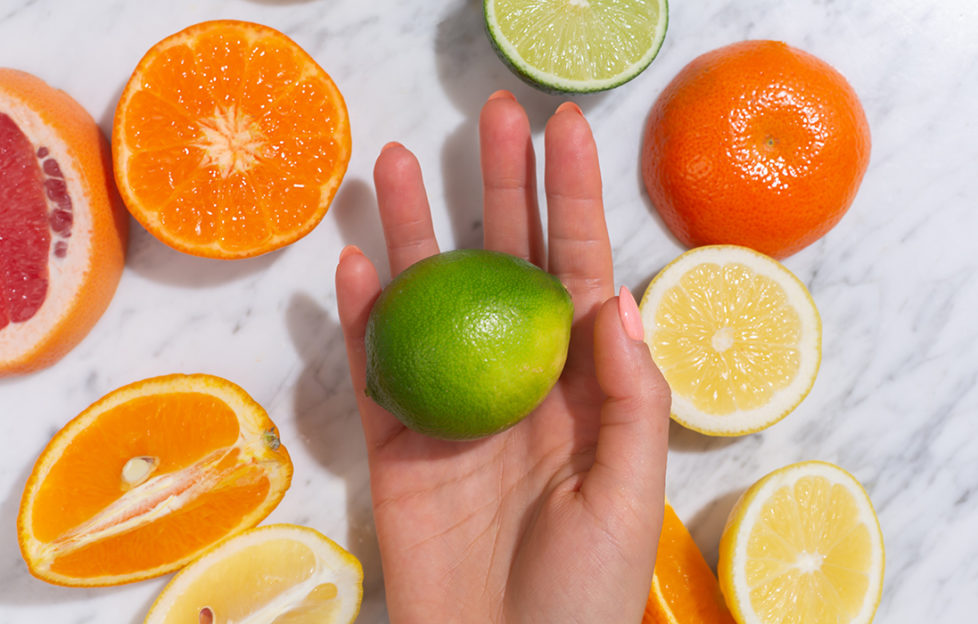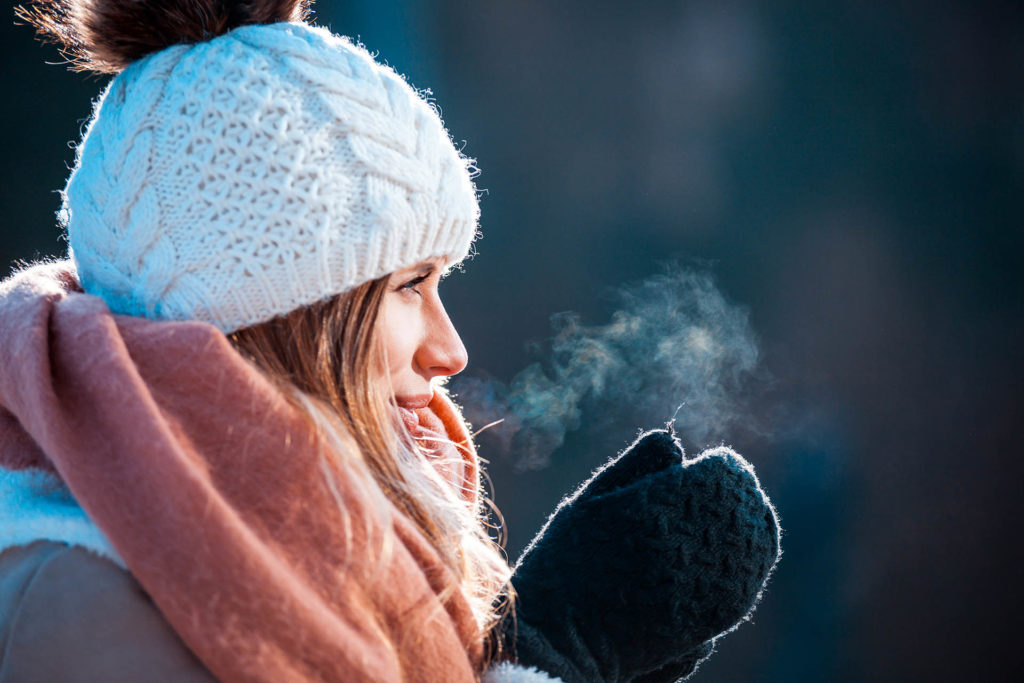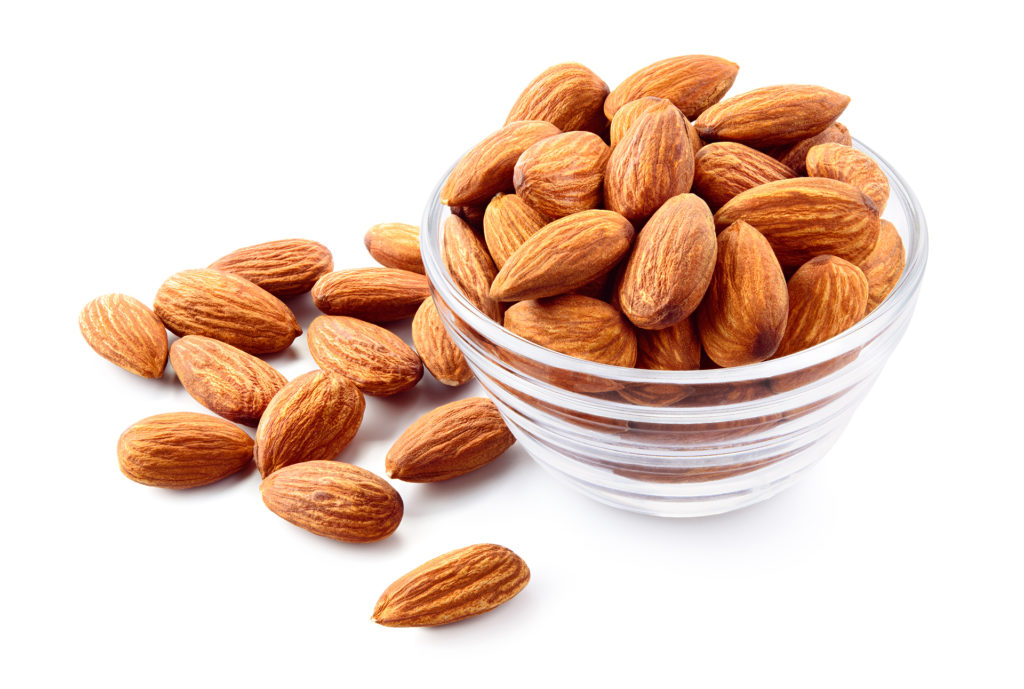Is The Cold Weather Affecting Your Circulation?

As the temperature drops, many people worry that the cold weather can adversely affect their circulation. One of the most common complaints from people who believe they are suffering from poor circulation is the sensation of numb or stiff fingers and toes which can cause discomfort. However, while cold weather does cause changes to circulation, there is also a lot of misinformation about why people suffer from cold hands and feet and what this has to do with their circulatory health.
Professor Mark Whiteley, internationally renowned Consultant Venous Surgeon of The Whiteley Clinic, sheds some light on the misinformation surrounding poor circulation and how people can improve their circulatory health in the colder months:
FACT: POOR CIRCULATION IS CAUSED BY BLOCKED AND NARROWED BLOOD VESSELS
Professor Whiteley says,
“Poor circulation occurs when the arteries are blocked or narrowed, restricting the blood flow through the vessels. This is often caused by lifestyle habits or medical conditions such as smoking, high blood pressure, diabetes and old age.
In some people this is due to permanent narrowing of major blood vessels (arteries) called arteriosclerosis or ‘hardening of the arteries’. However, in most people, it is a temporary narrowing due to constriction of the muscle wall of the vessel.
A classic symptom of poor circulation due to arteriosclerosis is intermittent claudication; a condition in which cramping pain in the calf muscle is induced by movement. For example, when a patient is walking, the metabolic demands of the muscles in the legs are more than can be supplied by the narrowed or blocked arteries. Therefore, after a few steps, the calf muscle starts getting a ‘cramping’ pain.
In cold weather however, the blood vessels constrict to help conserve body heat, which means blood flow is restricted and the heart has to worker harder to pump blood around the body. This causes a person’s blood pressure to increase and their circulation in that area to slow down.”
FICTION: POOR CIRCULATION IS USUALLY CAUSED BY COLD WEATHER
Professor Whiteley says,
“If you have a healthy circulatory system, the colder winter weather is not likely to cause any significant harm if you dress appropriately. Many people will mistakenly use the term ‘poor circulation’ when complaining about having unusually cold hands and toes – particularly in the cold winter months. However, in almost all cases, these people are not suffering with ‘poor circulation’, as the blood in their arteries is flowing very well.
What is happening is the vessels which transport the warm blood to the extremities, such as the toes, ears, nose and fingers, are very sensitive to the cold, and go into spasm. This is not a problem with a person’s circulatory system, but instead, it is a problem with the microcirculation (the smallest blood vessels in the body).
Some people may suffer from Raynaud’s disease, which is where the smaller arteries which supply blood around the body become narrow in cold temperatures or stress, limiting blood flow to the affected areas (vasospasm). This causes certain areas of the body, such as the fingers and toes, to feel numb and cold.
Wrapping up warm is one of the simplest ways to minimise the effects of Raynaud’s disease. If people wear sensible clothing they will not lose as much body heat and their hands and feet will stay warm. However, if people wear insufficient clothing in the winter months, their body will take action to try to preserve heat, such as restricting blood flow to fingers and toes so it can be re-directed to vital organs to stay warm.
Smoking worsens this problem as nicotine also causes spasm in the same blood vessels, worsening the condition.
However, if people believe they are wearing sufficient clothing and their symptoms are still severe, then I would recommend they visit their GP as some people have medical conditions that cause this and might need other treatment.”
FACT: EXERCISE CAN HELP IMPROVE CIRCULATION
Professor Whiteley says,
“The cold weather can slow down the rate at which blood is pumped around the body as the arteries and blood vessels become restricted. However, there are easy ways which people can help improve their circulation in the winter, such as following a simple exercise plan or wrapping up warm.
It is important to stay active in the colder months as this can help improve blood flow and keep people warm. Simply wrapping up and going for a brisk walk outside or following at-home workout plans can help boost mood as well as improve circulation.
Exercise increases blood flow in the arteries which releases a chemical in the blood vessel wall called nitric oxide. This keeps arteries soft and healthy. Any exercise that increases your heart rate and makes warm up – and even start to perspire – is healthy.”
FICTION: OMEGA-6 IMPROVES POOR CIRCULATION
Professor Whiteley says,
“Omega-3 is best. It is found in foods such as green leafy vegetables, oily fish and nuts and seeds. This essential fatty acid helps to support heart and circulatory health and also benefits other important areas such as brain function.
Also, flavonoids, found in citric fruit like oranges and lemons, seem to have a positive effect on the lining of the blood vessels.”








